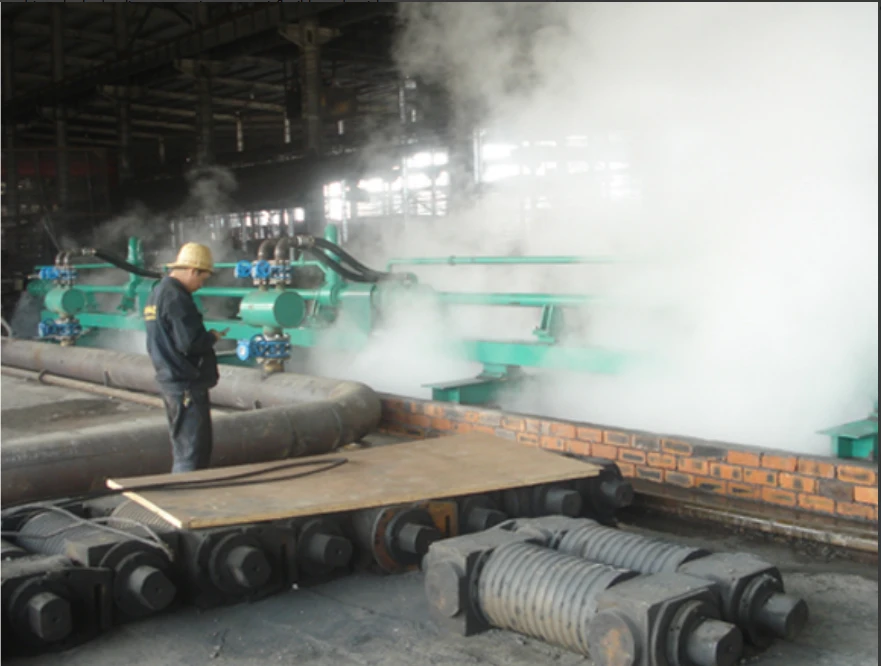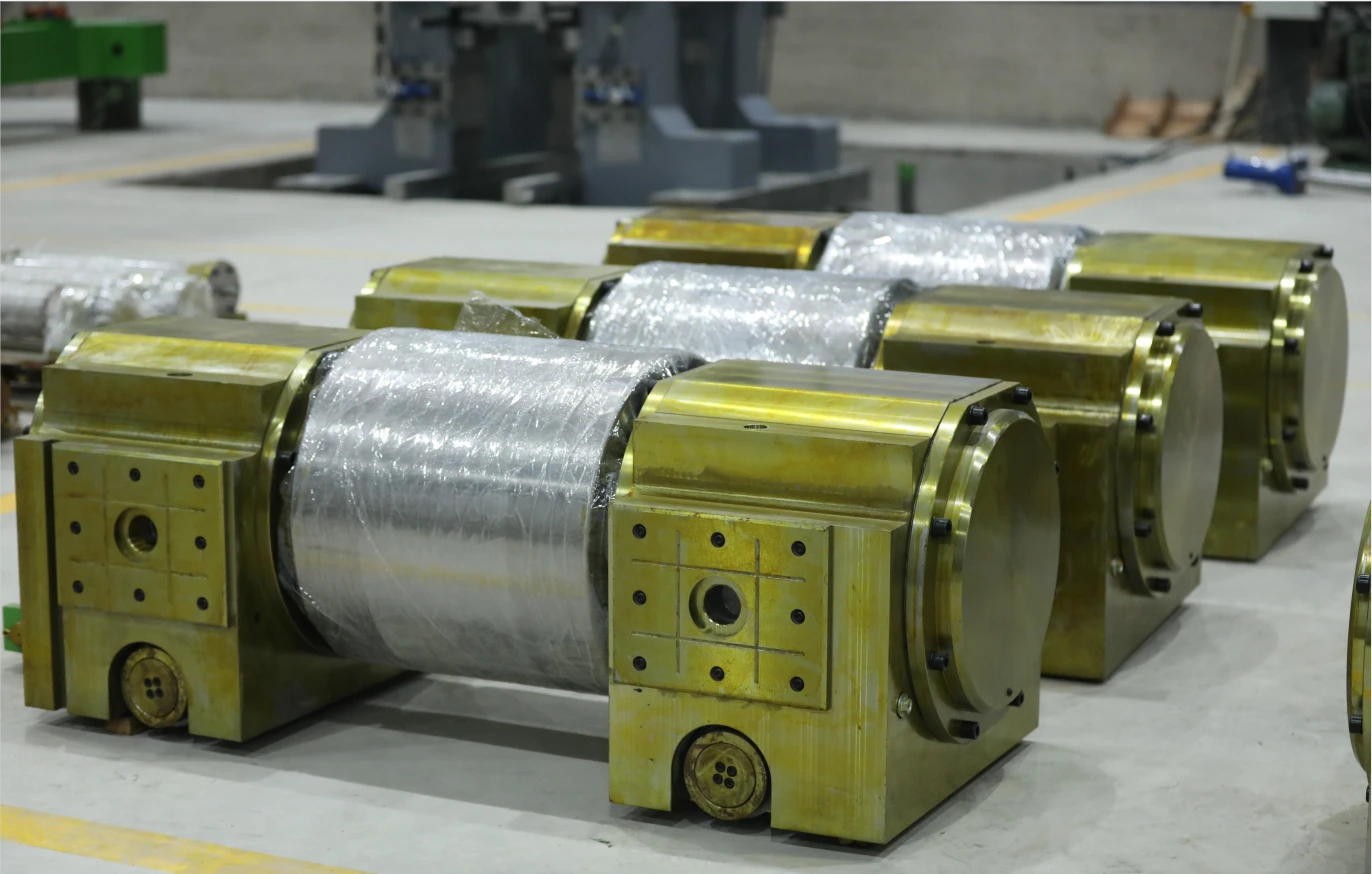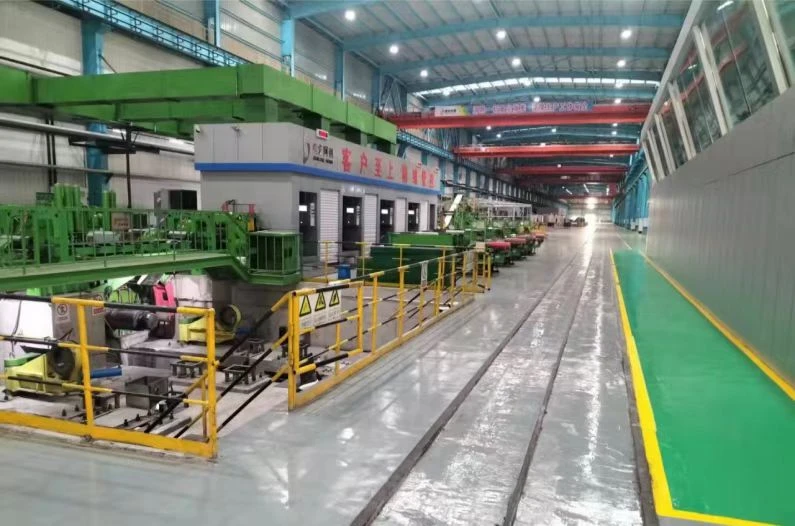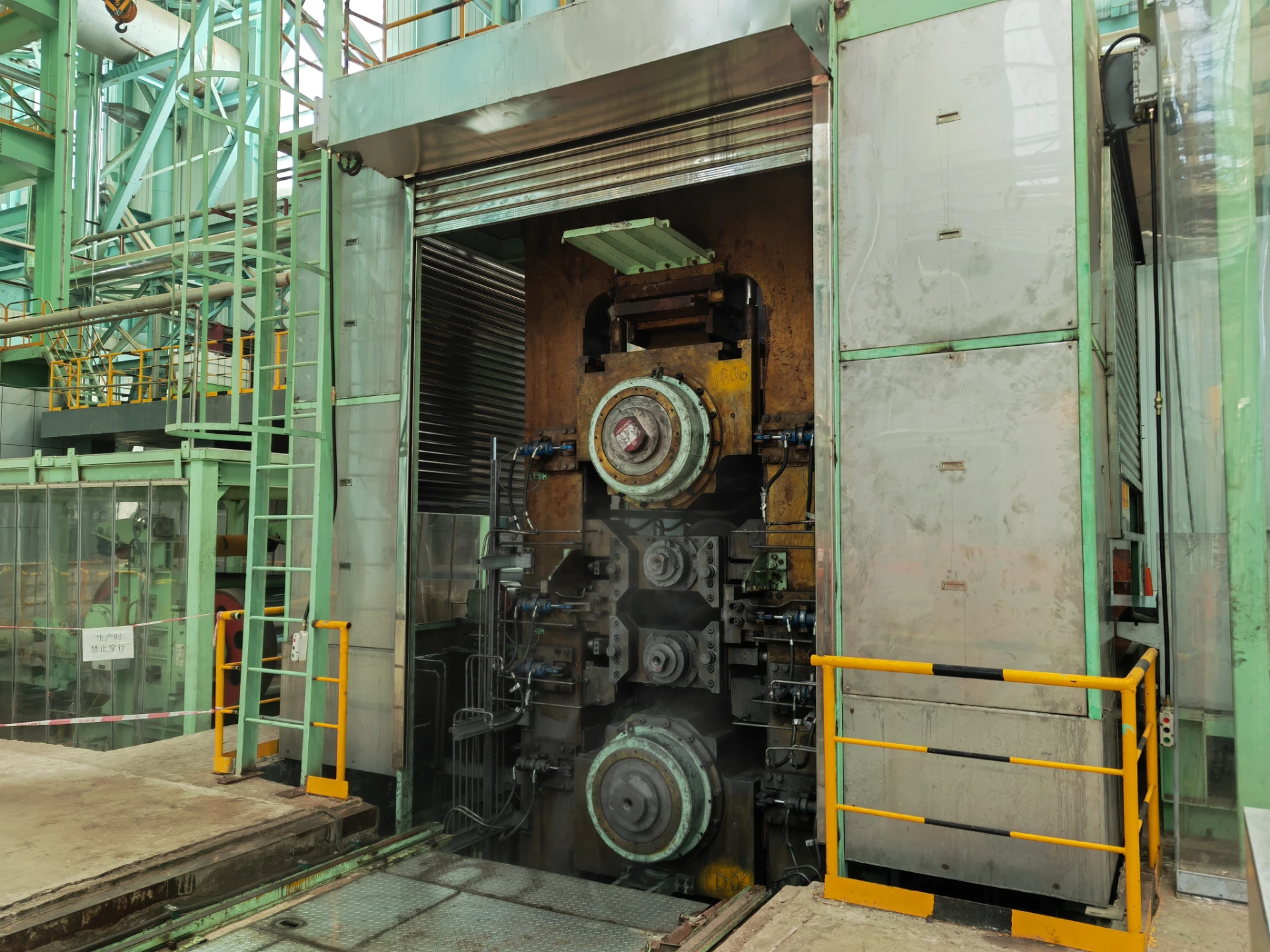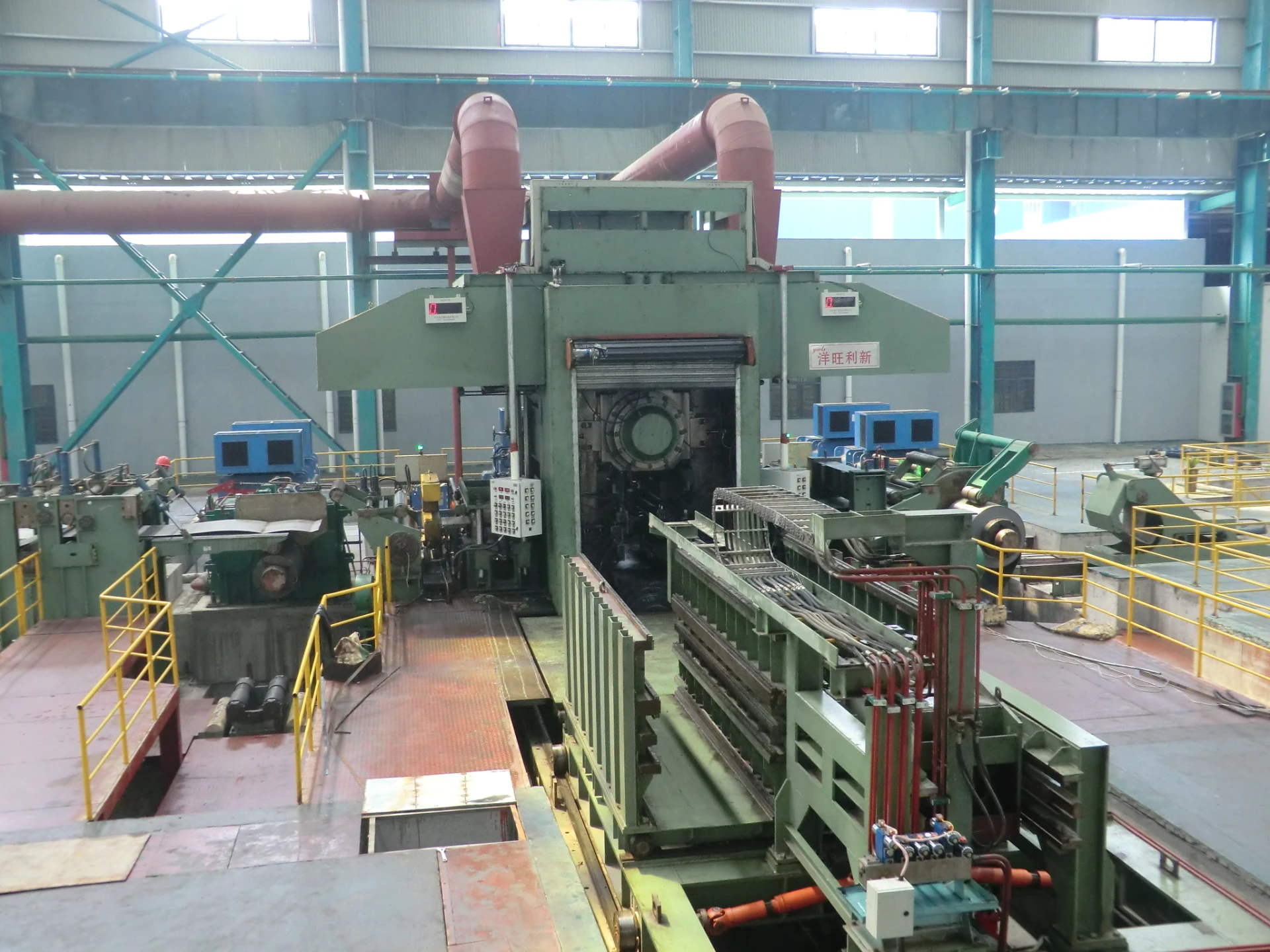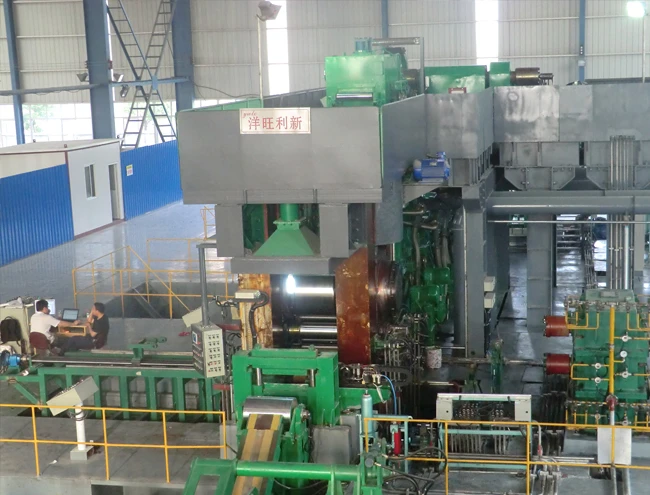
hot mill
Exploring Hot Mills The Heart of Steel Production
In the realm of metallurgy, the term hot mill refers to a critical component in steel manufacturing that plays a pivotal role in shaping and processing metals. Hot mills are essentially facilities where metals, primarily steel, are heated and then rolled or processed into various shapes and sizes. The process fundamentally transforms the raw material into usable products, making hot mills an integral part of the steel manufacturing industry.
The Hot Rolling Process
The journey of steel through a hot mill begins with the heating of steel slabs or billets in a furnace to temperatures that typically range between 1,500 to 2,300 degrees Fahrenheit. This intense heat causes the metal to become malleable, allowing it to be shaped through mechanical means. The hot rolling process is characterized by its ability to significantly deform steel while reducing its thickness and increasing its length.
Once heated, the steel is passed through a series of rollers that exert substantial pressure, shaping the steel into sheets, plates, or bars that can be used in various applications. This rolling process not only changes the dimensions of the metal but also influences its mechanical properties. For example, hot rolled steel typically exhibits improved ductility and toughness, making it suitable for a wide range of structural applications, from construction to automotive manufacturing.
Advantages of Hot Rolling
One of the primary advantages of hot rolling is the reduction in energy consumption compared to other methods of steel processing, such as cold rolling. Since the metal is already in a heated state, less energy is needed to deform it through rolling. Furthermore, any oxides or impurities that may have formed on the surface of the steel during the heating process can be easily removed, resulting in cleaner and more uniform products.
In addition, hot rolled steel is often more affordable than its cold-rolled counterpart. The production process is generally faster, allowing mills to produce higher volumes of steel in shorter time frames. This cost-effectiveness has led to a high demand for hot rolled products in the market, particularly in industries where structural integrity and durability are essential.
hot mill
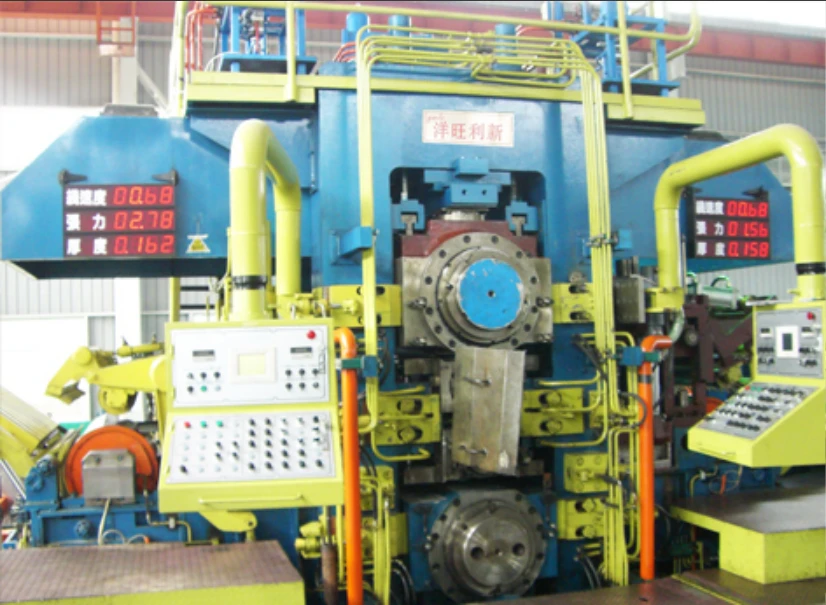
Applications of Hot Rolled Products
The applications of hot rolled steel are vast and varied. Industries such as construction rely heavily on hot rolled products for structural beams, columns, and other essential components. The automotive industry also utilizes hot rolled steel for chassis and body parts, where strength and lightweight characteristics are paramount.
Moreover, hot rolled sheets and plates are essential in manufacturing applications, including heavy equipment, shipping containers, and appliances. As the construction of bridges, buildings, and roads continues to grow globally, the demand for hot rolled steel will likely see consistent increases, underpinning the prosperity of the hot mill industry.
Challenges and Innovations
Despite its widespread benefits, the hot milling process is not without challenges. One significant concern is the emission of greenhouse gases during steel manufacturing. The industry is under increasing pressure to adopt cleaner and more sustainable practices. Innovations such as electric arc furnaces and alternative materials are being explored to reduce the environmental impact of hot mills.
Additionally, advancements in technology, such as automation and real-time monitoring systems, are enhancing the efficiency and accuracy of hot rolling processes. These innovations not only improve product quality but also optimize energy consumption and reduce waste.
Conclusion
Hot mills are undeniably the backbone of the steel manufacturing process, transforming raw materials into essential products that fuel various industries. With the continual advancements in technology and a growing commitment to sustainability, the future of hot mills is poised for transformation. As demand for steel continues to rise, particularly in emerging markets, hot mills will play a crucial role in meeting these demands while adapting to the evolving landscape of environmental responsibility. In this way, the legacy of hot mills will burn bright into the future, forging not just steel, but a sustainable industrial world.
-
Indian Clients Visit YWLX to Inspect Skin-pass MillNewsJun.22,2025
-
Typical Products from Reversing Cold Rolling ProcessNewsMay.26,2025
-
Surface Finish Improvement through Skin Pass RollingNewsMay.26,2025
-
Integration of AGC Systems in Modern Cold Rolling MillsNewsMay.26,2025
-
Cold Rolling in the Context of High-Strength Steel DemandNewsMay.26,2025
-
AGC in Hot Rolling Mills: Challenges and SolutionsNewsMay.26,2025
-
Why Reversing Cold Rolling Mills Are Ideal for Specialty MetalsNewsMay.13,2025




